Evolution of the Sealing Surface of the Triple Eccentric Butterfly Valve
The triple eccentric butterfly valve is one of the butterfly valves. Its unique sealing form and sealing structure are continuously improved and upgraded through the product to obtain a better sealing effect. There have been great reforms in high temperature and corrosion resistance. Let’s take a look at its product upgrade process.
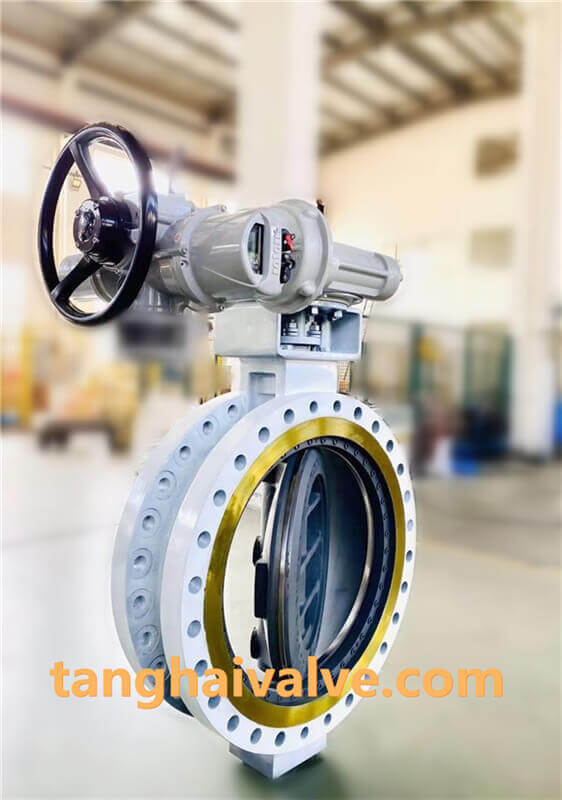
triple offset butterfly valve-double flange- (5)
The butterfly valve’s single eccentric soft-seal butterfly valve is the first to be favored by the market. Because of the design of the soft seal, the product has a good sealing effect. Single eccentricity means that the sealing section of the valve seat is eccentric relative to the center of rotation of the valve stem, so that the sealing surface of the butterfly plate gradually separates from the sealing surface of the valve seat during the opening process. When the butterfly plate rotates to 20-25, the sealing surface of the butterfly plate is completely separated from the sealing surface of the valve seat, so that the relative mechanical wear and extrusion between the two sealing surfaces of the butterfly valve is greatly reduced during the opening process, and the sealing performance of the butterfly valve is improved. This design mainly relies on the elastic deformation of the squeezing between the butterfly plate and the valve seat to ensure the sealing of the butterfly valve.
In order to meet the needs of the site, to achieve the effect that the sealing surface of the butterfly plate is separated from the sealing surface of the valve seat faster than the single eccentric structure, the double eccentric sealing butterfly valve is upgraded on the basis of the single eccentric butterfly valve. The lines are relatively offset, so that the butterfly valve forms a cam effect during the opening process. When the butterfly plate rotates to 8°~12°, the two sealing surfaces can be completely separated. The biggest benefit of this structural design is to further reduce the mechanical wear and extrusion deformation between the two sealing surfaces, which improves the sealing performance of the butterfly valve and increases the lifespan.
The triple eccentric sealing butterfly valve is once again upgraded on the basis of the double eccentric butterfly valve. The center line of the seat sealing surface and the valve center line form an angular eccentricity, and a third eccentricity appears. In this way, during the opening process, the sealing surface of the butterfly plate can be separated from the sealing surface of the valve seat immediately, and will contact and compress the sealing surface of the valve seat at the moment of closing. This unique eccentric design makes full use of the benefits of the cam, so that the mechanical friction and scratches between the two sealing surfaces of the butterfly valve seal pair can be completely eliminated when opening and closing, so that the possibility of wear and leakage is eliminated. The product changes the extrusion seal into a torque seal. By adjusting the external driving torque, the adjustment of the seal specific pressure is realized, so that the sealing performance and service life of the triple eccentric structure sealing butterfly valve are greatly improved. At the same time, while ensuring a tight seal, it also improves the characteristics of the sealing sub-materials of the single-eccentric soft-seal butterfly valve and the double-eccentric soft-seal butterfly valve that cannot withstand high temperature and wear.
Now, the triple eccentric sealing butterfly valve is widely used as the best device to cut off or adjust the flow of the medium pipeline in the urban construction, petrochemical, metallurgy, electric power and other industries. Its structure itself is the most ideal opening and closing part in pipelines, and it is the development direction of today’s pipeline opening and closing parts. If you need butterfly valve products, look for Tanghai Valve. 24 years of experience in butterfly valve production is more assured.
TH Valve is a professional manufacturer of butterfly valve, gate valve, check valve, globe valve, knife gate valve, ball valve with API, JIS, DIN standard, used in Oil, Gas, Marine industry, Water supply and drainage, fire fighting, shipbuilding, water treatment and other systems, with Nominal Diameter of DN50 to DN1200, NBR/EPDM/VITON, Certificates & Approvals: DNV-GL, Lloyds, DNV, BV, API, ABS, CCS. Standards: EN 593, API609, API6D
Video of triple eccentric butterfly valve: https://youtu.be/AkRwg2X1Wh0
Related news/knowledge:
Features and application area of double eccentric butterfly valve
The sealing characteristics and principle of eccentric butterfly valve
Precautions for the use of triple eccentric metal seated butterfly valve
What is a triple eccentric metal seated butterfly valve

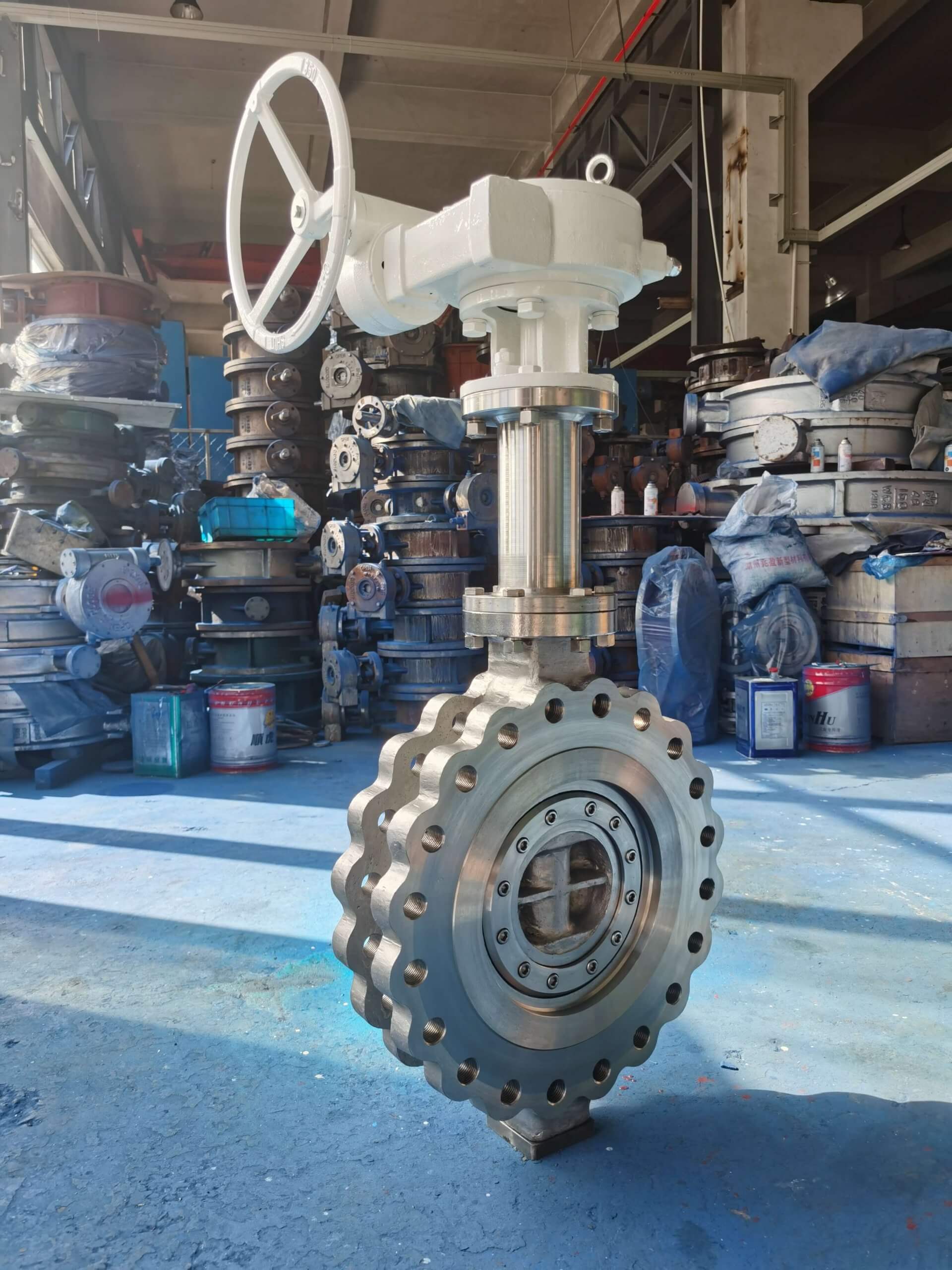
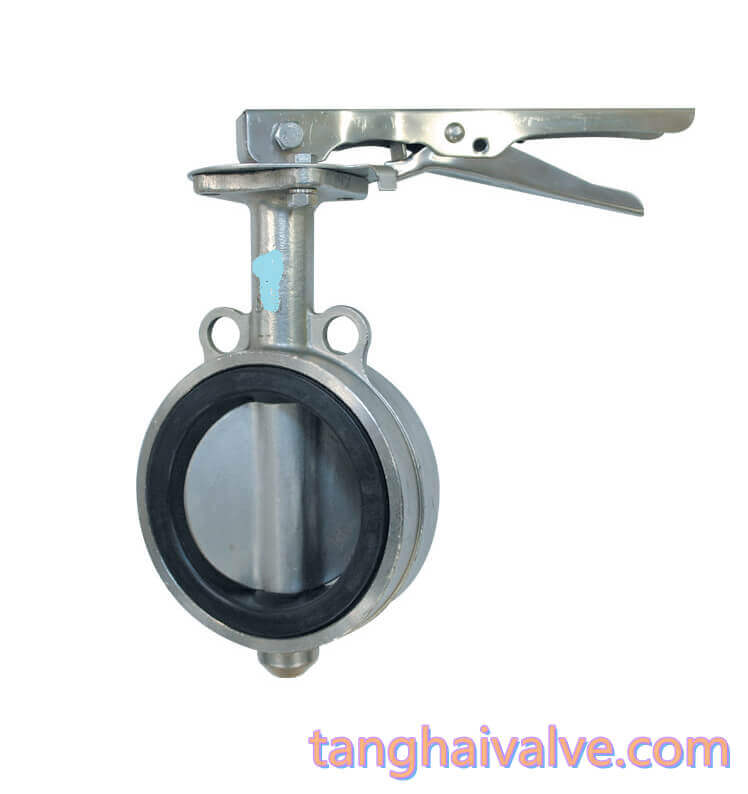
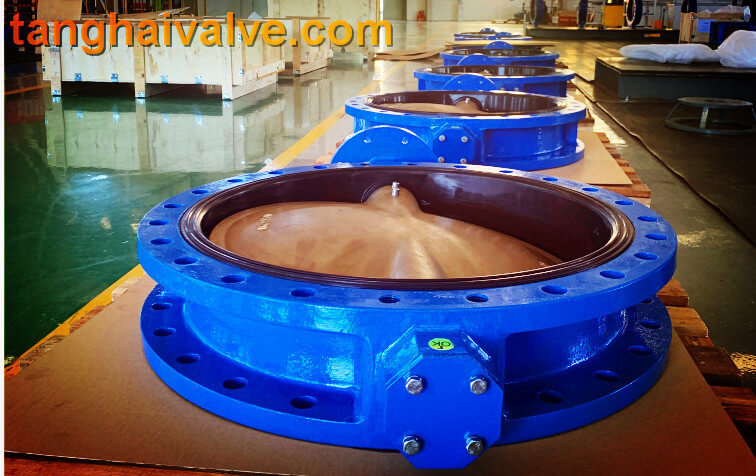
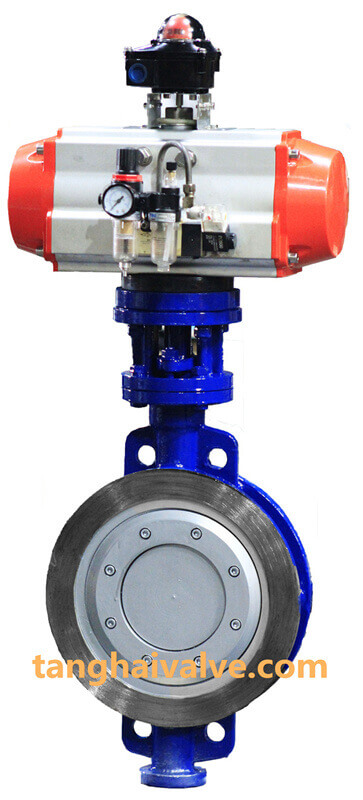
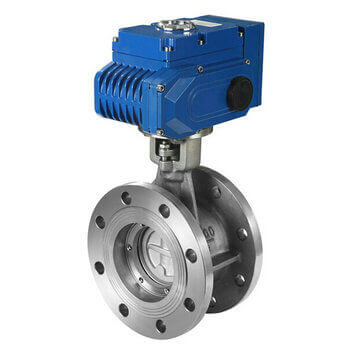



 © Copyright 2020 Tianjin Tanghaidongyang Valve Co., Ltd. All Rights Reserved.
© Copyright 2020 Tianjin Tanghaidongyang Valve Co., Ltd. All Rights Reserved.